#Latium
Text

Tour Communale de Sabaudia, Latium c.1930, exemple d'architecture rationnelle. - Source Memorie di Roma.
15 notes
·
View notes
Photo
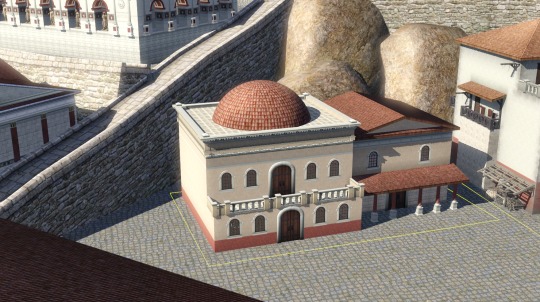





A City of Brick, a City of Marble (2023)
A few screenshots of a personal project I made in the Sims 3. Called Latium, it an artistic and significantly scaled down reproduction of Ancient Rome during the First Century CE. Featured are various artistic depictions of real-world structures that have been constructed in the Roman Forum and the foot of the Capitoline Hill as they might’ve appeared toward the end of Emperor Augustus’ rule.
Other buildings are reconstructions of commoner structures that would’ve filled in the space between the monuments of the real city. I drew inspiration from various reconstructions of the era (both historical and artistic), most notably Digitalis Forum Romanum and the sets of HBO’s Rome and the BBC’s Ancient Rome: Rise and Fall of an Empire.
Progress report:
I finally built the shell of the Mamertine Prison. I moved and embellished two of the insulae and moved them to the foot of the Capitoline hill. Also, I built a smaller version of the Porticus Deorum Consentium.
This basically begins the first of the actual street scenes leading into the city center and creates a very big contrast between the Augustan Forum in its splendor and the blighted lives of the Empire’s working classes. My next task is to sculpt and landscape the Capitoline hill then work my way outward to the other geographic features.
You can view the rest of this project on my dedicated Sims 3 build blog.
–
Program: The Sims 3, The Sims 3 Create-A-World
Date: 27 January 2023
Usage: In progress
99 notes
·
View notes
Photo



La leyenda del Rey Cangrejo / The Tale of King Crab
Alessio Rigo de Righi, Matteo Zoppis. 2021
Ruins
22 Via della Fontana, Vejano, Viterbo, Italy
See in map
See in imdb
#alessio rigo de righi#matteo zoppis#the tale of king crab#la leyenda del rey cangrejo#gabriele silli#vejano#viterbo#italy#ruins#latium#movie#cross#cinema#film#location#google maps#street view#2021
14 notes
·
View notes
Photo
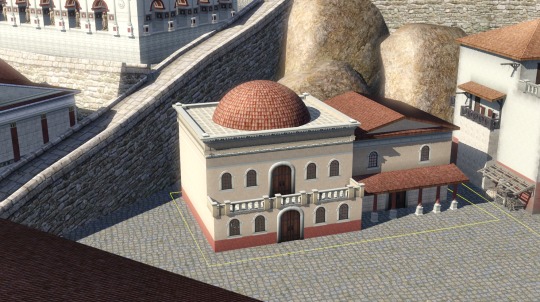

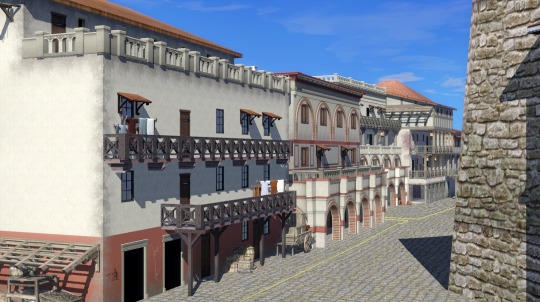

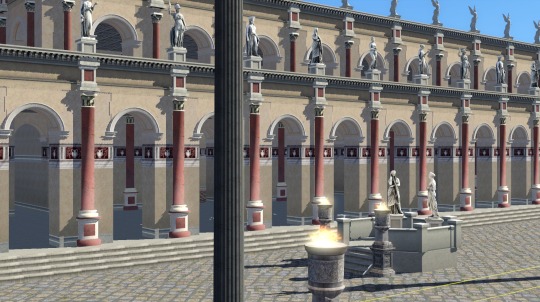

A city of brick, a city of marble.
I finally built the shell of the Mamertine Prison. I moved and embellished two of the insulae and moved them to the foot of the Capitoline hill. Also, I built a smaller version of the Porticus Deorum Consentium.
This basically begins the first of the actual street scenes leading into the city center and creates a very big contrast between the Augustan Forum in its splendor and the blighted lives of the Empire’s working classes. My next task is to sculpt and landscape the Capitoline hill then work my way outward to the other geographic features.
Cross-posted from my art blog.
70 notes
·
View notes
Text
Prospectus Ex Ponte
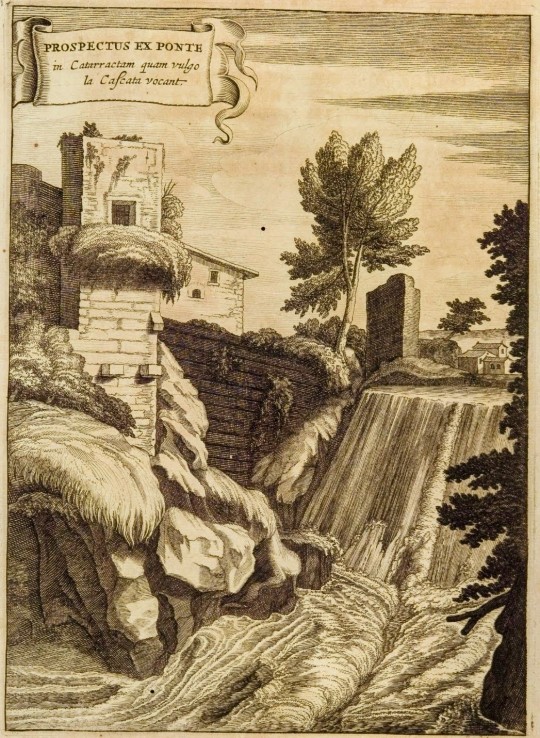


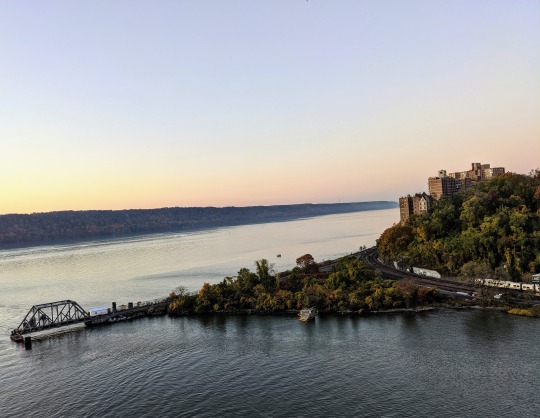
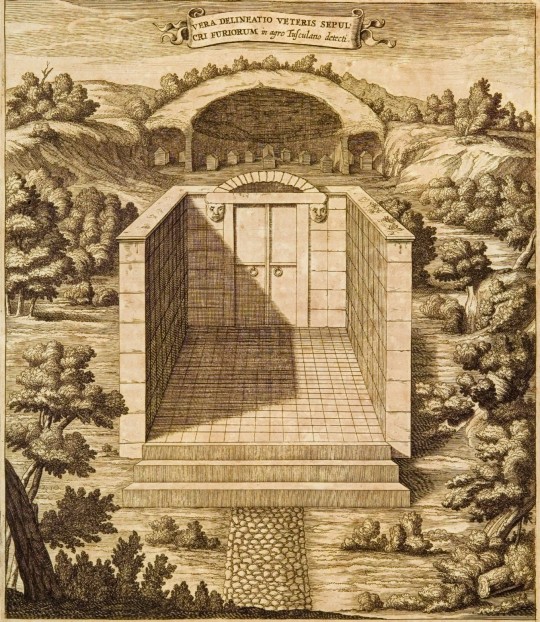
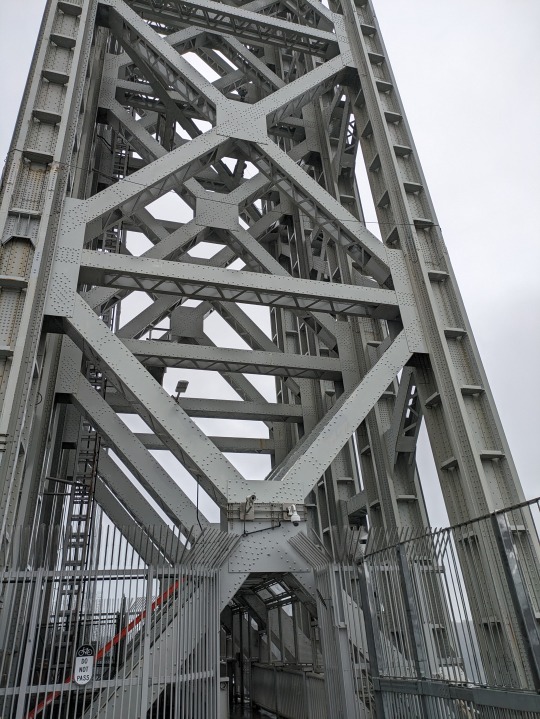

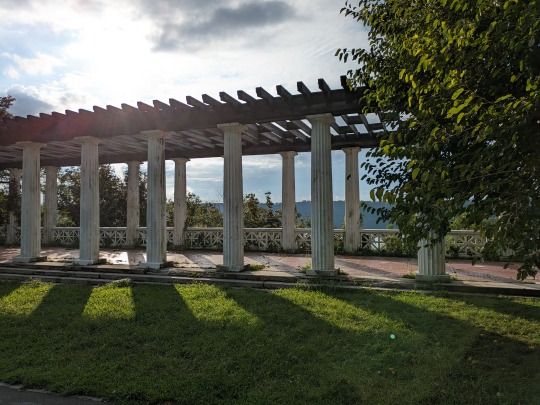
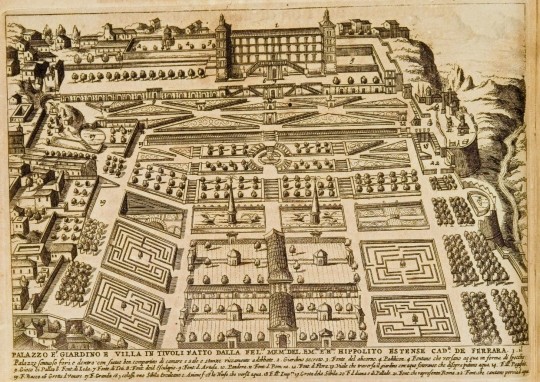

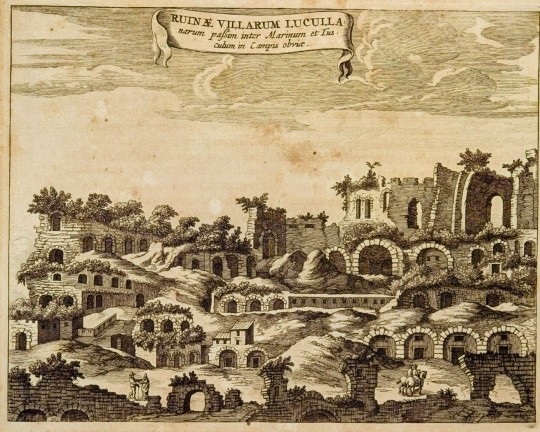
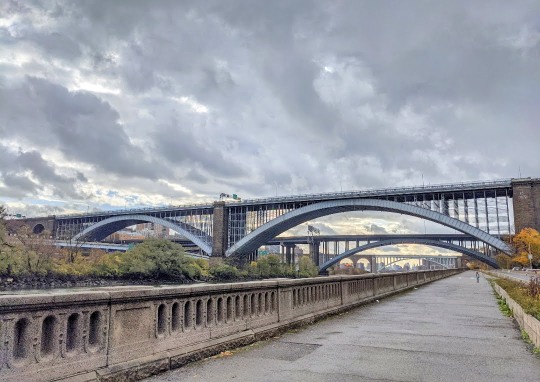


7 notes
·
View notes
Photo
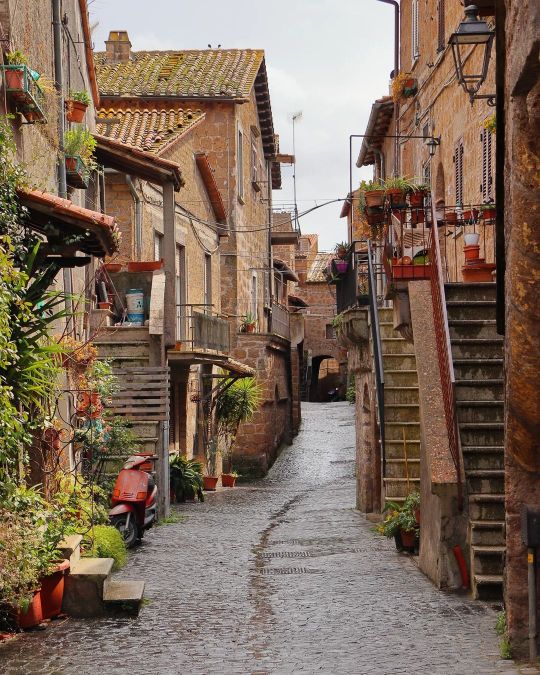
Canon EOS 250D Taken on 02/04/2022. ________________________________________ #BarbaranoRomano #Ig_Viterbo #Lazio #VolgoViterbo #TusciaFotografia #Tuscia #TusciaLove #TusciaViterbese #BestVacations #Latium #Ig_Italia #Ig_Italy #BeautifulItaly #Italy_Hidden_Gems #Italy_Travel #ItalianPlaces #OK_Streets #TurismoItalia #Visit_Lazio #Lazio_Cartoline_ #LazioDelleMeraviglie #MeravigliedItalia #Best_ItalianPlaces #VivoViterbo #New_PhotoItalia #ItaliaInPasserella #NoiScattiamo_Italia #Italia_On_Travel #ScattiItaliani #ItaliaSuperScatti (at Barbarano Romano) https://www.instagram.com/p/Cp2WEUfq5x0/?igshid=NGJjMDIxMWI=
#barbaranoromano#ig_viterbo#lazio#volgoviterbo#tusciafotografia#tuscia#tuscialove#tusciaviterbese#bestvacations#latium#ig_italia#ig_italy#beautifulitaly#italy_hidden_gems#italy_travel#italianplaces#ok_streets#turismoitalia#visit_lazio#lazio_cartoline_#laziodellemeraviglie#meraviglieditalia#best_italianplaces#vivoviterbo#new_photoitalia#italiainpasserella#noiscattiamo_italia#italia_on_travel#scattiitaliani#italiasuperscatti
21 notes
·
View notes
Text
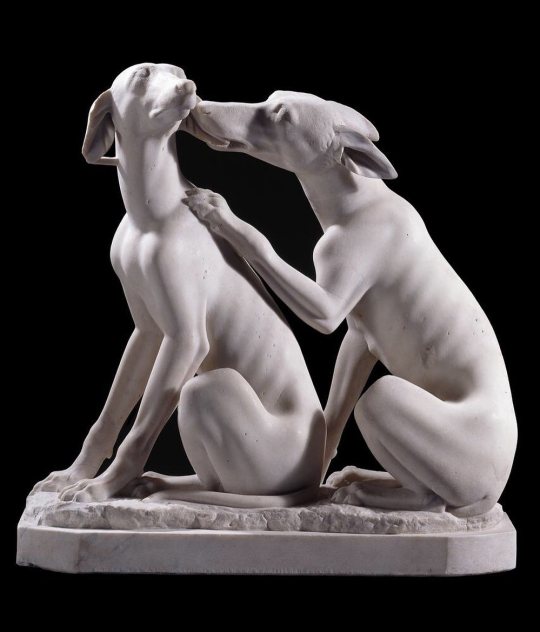
Roman Statue of Two Greyhounds Playing Together,
1st-2nd c. AD, from Latium.
British Museum.
17 notes
·
View notes
Text


By Jane von Mehren
11 January 2023
The highly civilized Etruscans had a huge impact on the city’s eventual geography, architecture, government, trade, and agriculture.
They created excellent schools to which rich Romans sent their sons, much as they would later send them to Greek institutes.
By the sixth century B.C., some of Rome’s most famous institutions, from the Forum to the Senate, were in existence but even the most reputable historians — including Fabius, Livy, and Plutarch — started their accounts of the empire in legend.
Legendary beginnings

The story of Rome’s founding begins in Alba Longa, the first “city” of Latium, a region in central western Italy, occupied by Latins.
The area had been inhabited since the Bronze Age by farming communities and was known to the ancient Greeks, which is perhaps why Aeneas, a Trojan prince, is said to have established it around 1150 B.C.
According to legend, in Alba Longa, two of Aeneas’s descendants, the brothers Amulius and Numitor, fought over who would rule.
Amulius triumphed, killing Numitor’s sons and exiling his daughter, Rhea Silvia, to become a Vestal Virgin.
Through divine intervention, she gave birth to the twins Romulus and Remus.
Threatened by these potential claimants to his throne, Amulius beheaded Rhea Silvia and abandoned the babies in the river Tiber.
Miraculously, a she-wolf rescued and cared for the boys until a shepherd, Faustulus, adopted them, raising them on the Palatine Hill, located in modern-day Rome.
The legend goes on to say that the brothers established the city of Rome on the banks of the Tiber River, where it was narrow enough for crossing and the hills provided a good defensive position.
The land between the hills, however, was quite marshy and not all that fertile.
The twins soon quarreled about the city’s exact boundaries and Romulus killed Remus.
Romulus, along with the outlaws and criminals he recruited, invited neighboring tribe the Sabines, who had resisted intermarrying with the Romans, to a fête.
During the merriment, Romulus raised his cloak signaling his men to seize and abduct the young Sabine women.
As the origin story goes, being Roman wives suited the women and they stopped the Sabine men from battling the Romans when they came to recapture them.
In the end the Sabines remained in Rome as part of the new city.
Influences in the area

Archaeological evidence tells us that Rome’s actual origins were less dramatic.
The first Romans were Latin farmers and shepherds living in small village huts on the Esquiline and Palatine hills.
The Sabines, a tribe living to the north, divided soon after the city’s founding, and some of them came south and united with Rome’s people.
Rome remained relatively primitive until the 600s B.C., when the Etruscans, who controlled a series of city-states to the north, began taking control of the city.
Kingdom of Rome
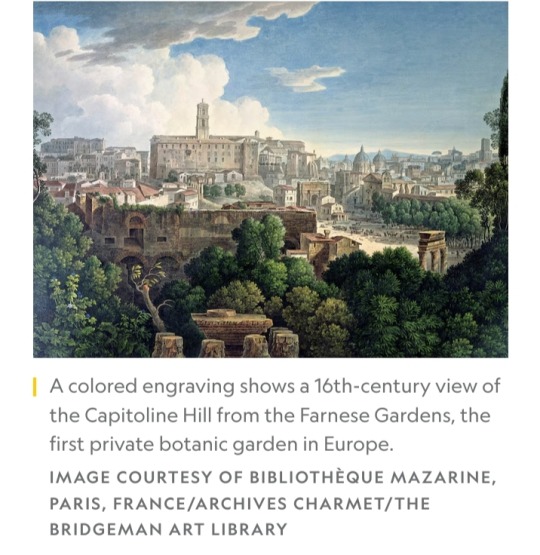
While modern scholars discount some of the accounts of ancient Roman historians, they agree that during the first phase of its history — from approximately 753 to 509 B.C. — Rome was ruled by kings.
According to these writers, Romulus was the first, succeeded by Numa Pompilius, a Sabine, and in 616 B.C., by an Etruscan named L. Tarquinius Priscus.
Kings had almost absolute power, serving as administrative, judicial, military, and religious leaders. A senate acted as an advisory council.
The king chose its members, who became known as patricians, from the city’s leading families.
Unlike later monarchs, Roman kingship was not inherited.
After a king died, there was a period known as an interregnum, when the Senate chose a new ruler, who was then elected by the people of Rome.
The king-elect needed to obtain approval of the gods and the imperium, the power to command, before assuming his throne.
Etruscan influences
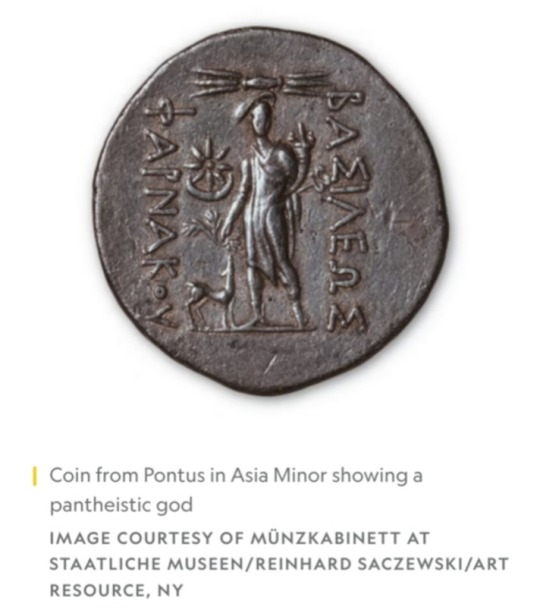
The Etruscans ruled a loose confederation of city- states that stretched from Bologna to the Bay of Naples.
It remains unclear where they originated, but they used a version of the Greek alphabet and some ancient sources describe them as coming from Asia Minor.
Around 650 B.C., they were already dominant in the region and took control of Rome, wanting its strategic position on the Tiber.
Under Etruscan kings, Rome grew from a series of villages into a proper city.
The Etruscans drained the marshes around the city, constructed underground sewers, laid out roads and bridges.
They established the cattle market, Forum Boarium, as well as Forum Romanum, the central market and meeting place that evolved into the heart of the empire.
Toward the end of this period of Etruscan influence, the first temple of Jupiter was built on the Capitoline Hill.
This temple, although rebuilt many times, became the symbol of Rome’s power.
Founding the Republic

The era of Roman kings ended in 509 B.C., when the Romans supposedly expelled the last Etruscan king, L. Tarquinius Superbus, in another mythicized event.
As recounted by historians, including Livy, the son of Tarquinius Superbus, Sextus, raped at knifepoint the noblewoman Lucretia, wife of the king’s great nephew.
Lucretia, feeling that her honor and virtue had been lost, committed suicide.
Her uncle Brutus swears to avenge her and commits to revolution and the expulsion of the monarchy.
To the Roman people, her story represents the tyrannical powers of the monarch on the state, and so the saga of Lucretia is cited as the event that spurred the Roman Republic into being.
In place of the monarchy, Romans established a republic, which lasted until 30 B.C.
Over the course of nearly five centuries, Rome became a dominant Western power, seizing territory throughout the Mediterranean, creating an enormous and efficient army, and learning how to administer its vast provinces.

NOTE:
The traditional date for the founding of Rome is 21 April 753 BC.
#Rome#Ancient Rome#Romulus#Remus#Alba Longa#Latium#Italy#Aeneas#Amulius#Numitor#Rhea Silvia#Vestal Virgin#Faustulus#Palatine Hill#Tiber River#Sabines#Etruscans#Numa Pompilius#L. Tarquinius Priscus#interregnum#imperium#Forum Boarium#Forum Romanum#Capitoline Hill#Temple of Jupiter#L. Tarquinius Superbus
3 notes
·
View notes
Text
35 notes
·
View notes
Text

Etruscan Tomb of the Cornice (VI century BCE) at Necropoli della Banditaccia, Cerveteri (RM)
#italy#hdr#slow travel#europe#photography#central italy#latium#cerveteri#necropolis#etruscan#etruria#unesco#archaeology#tomb
2 notes
·
View notes
Text

Picus, King of Latium and Circe of Thessaly by Giulio Aristide Sartorio
Picus one day, whilst hunting in the woods, he was seen by the sorceress Circe, who changed herself into a boar so as to be able to approach him. As soon as he was close to her, she resumed her female form and tried to seduce him; Picus savagely rejected her and, in revenge, she turned him into a green woodpecker. As we can see from Sartorio’s painting, his rendering of this story has transformed Circe into a slender, young Aphrodite-like figure, gliding across the waves in a manner very much like images of the Birth of Venus by Botticelli or Walter Crane– though she also looks troubling like William Stott‘s picture of the same scene.
#king of latium#circe of thessaly#art#painting#giulio aristide sartorio#europe#european#europa#mythological#mythology#flame#torch#sea#latium#thessaly#circe#picus#roman mythology#ancient rome#rome#lazio#thessaglia#woodpecker#italy#canens#hunting#the aeneid#virgil#rex picus
23 notes
·
View notes
Text
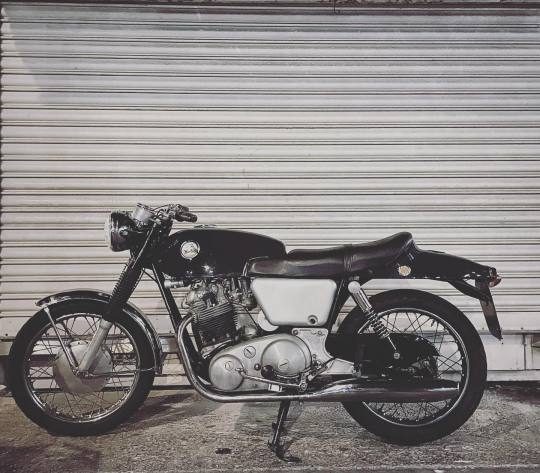
à Formia, Latium, Italie. - source Moto Vitelloni - Wheels n' wings..jpg.
37 notes
·
View notes
Text

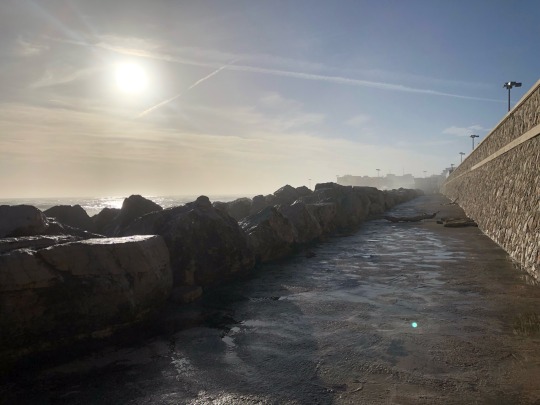

sea
last winter days
2 notes
·
View notes
Text


Piazza del Popolo, Campo Marzio / Ostia Antica. Rome, Lazio, Italy.
#italy#italia#rome#roma#piazzadelpopolo#ostia#ostiaantica#lazio#latium#italyphoto#italyphotography#romephoto#romephotography#cityofrome#antiquity#ancient#monument#statue#sculptures#art#artphoto#artphotography#history#culture#photo#canon#50mm#léo cadra#bw#black and white
5 notes
·
View notes
Text

For those curious about my complexion, a section of the stone from which I was hewn.
3 notes
·
View notes